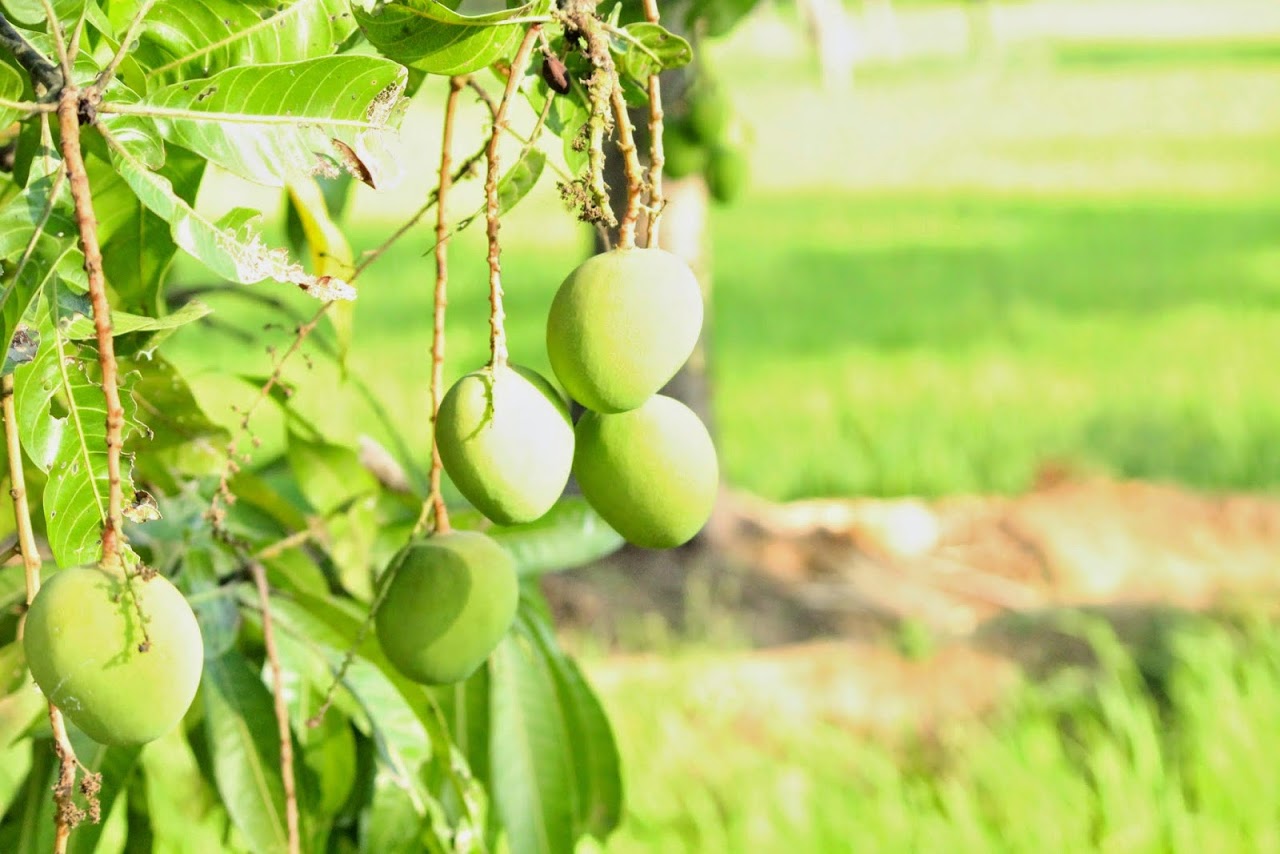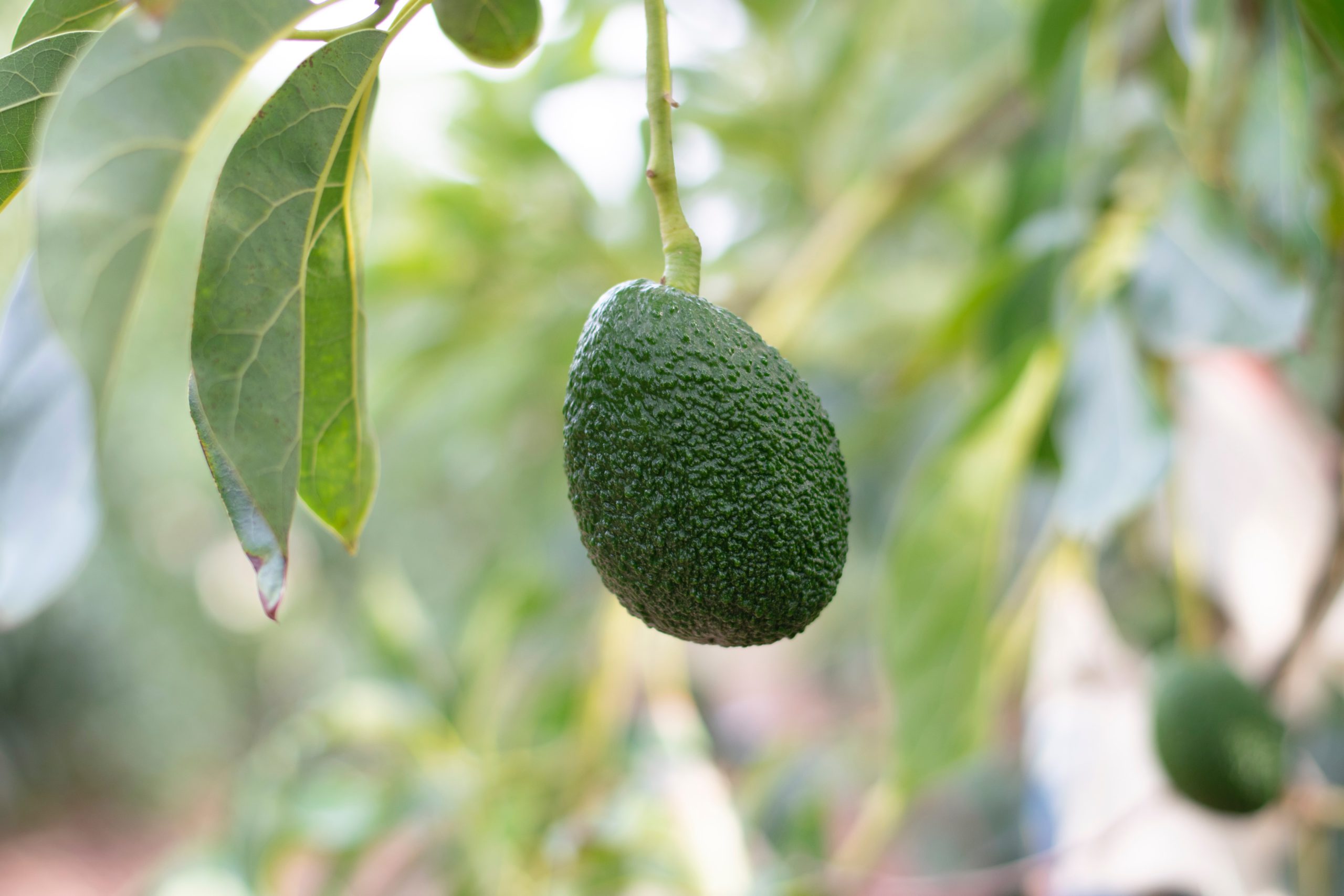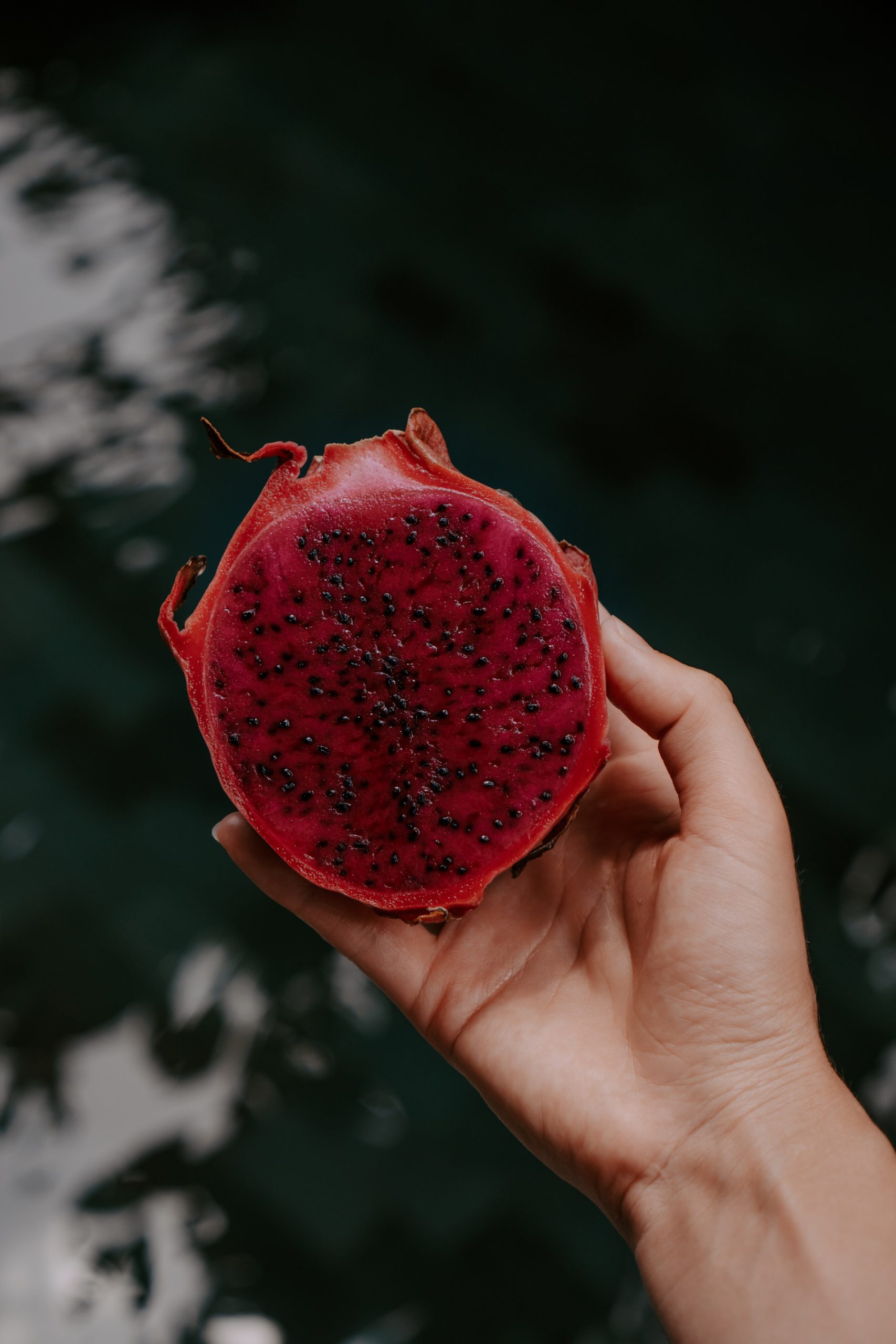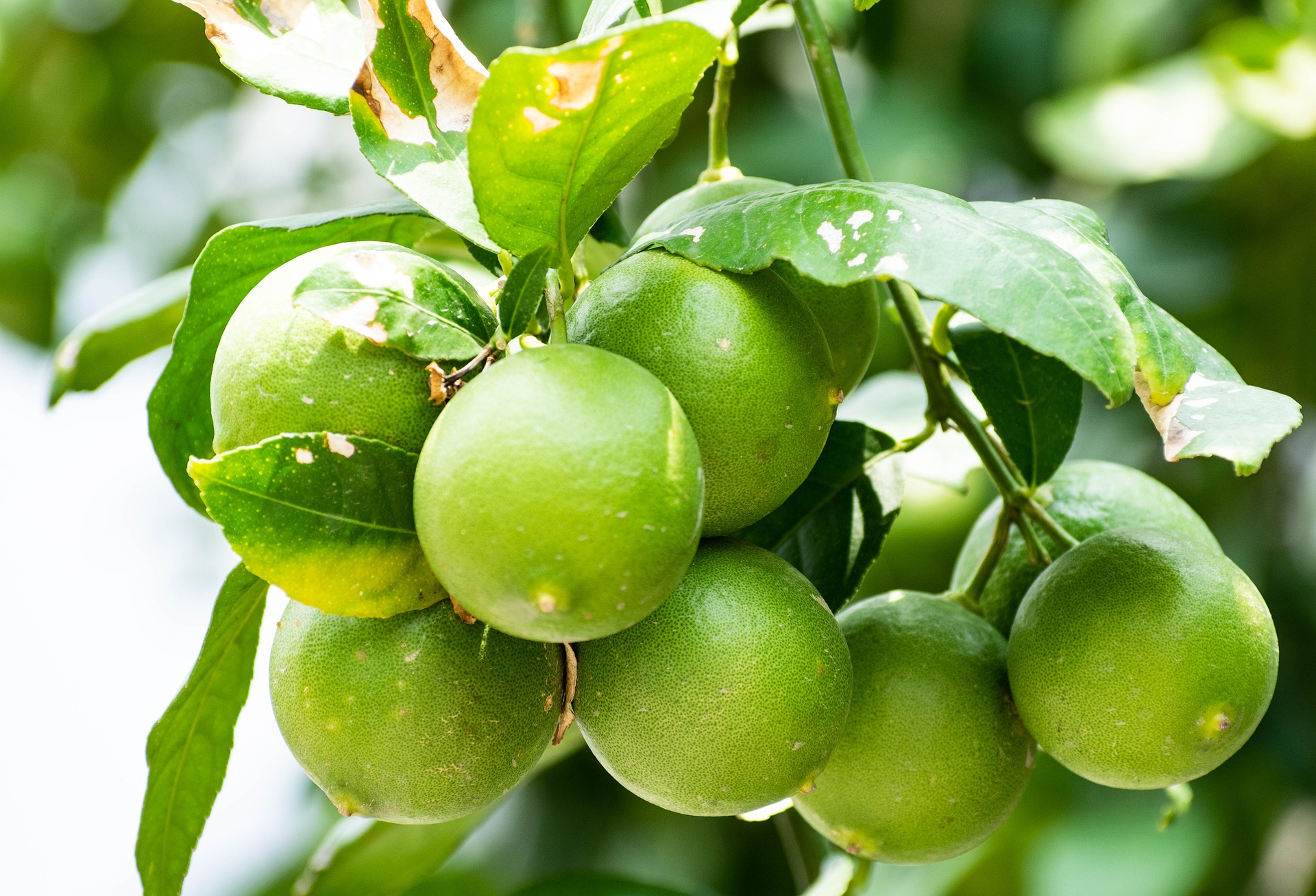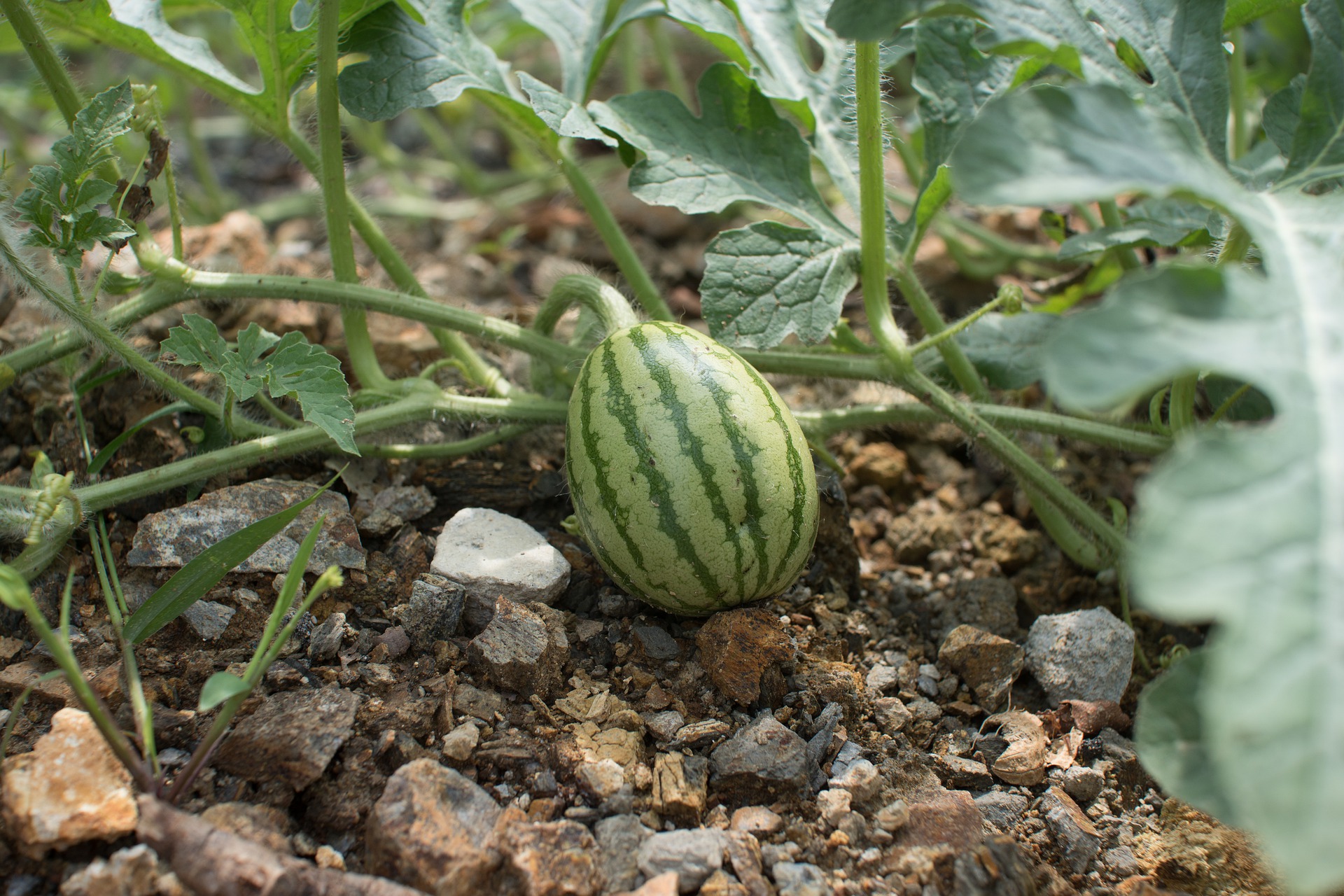Your cart is currently empty!

Banana Cultivation & Profit in India
Banana is an important fruit crop cultivation in india. India Produces 29780000 Metric tonnes of Banana Per year (2010) in an area of 830000 hectares. It is the largest producer of bananas and produces as many bananas china & philippines combined, which comes in the next 2 positions. The production of bananas has steadily increased and as per apeda, the exports to countries has also improved.
-
Product on sale
 Ari Vattal – Buy Ari Kondattam Online₹200.00
Ari Vattal – Buy Ari Kondattam Online₹200.00 -
Product on sale
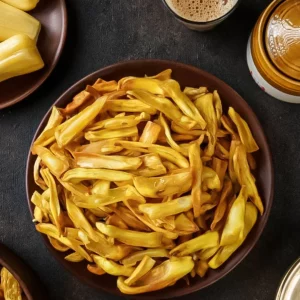 Jackfruit Chips – Kathal / Fanas / Palapalam Crisps – Buy Online Now₹300.00
Jackfruit Chips – Kathal / Fanas / Palapalam Crisps – Buy Online Now₹300.00 -
Product on sale
 Kerala Tapioca Chips (Sticks)₹100.00
Kerala Tapioca Chips (Sticks)₹100.00 -
Product on sale
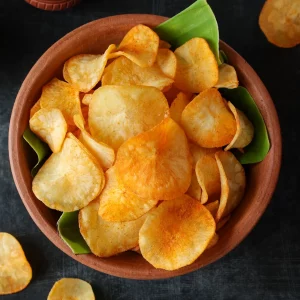 Kerala Tapioca Chips (Wafers)₹250.00
Kerala Tapioca Chips (Wafers)₹250.00 -
Product on sale
 Salted Banana Chips – 1 KG , 500 Gm- Nendran Snacks & Wafers₹200.00
Salted Banana Chips – 1 KG , 500 Gm- Nendran Snacks & Wafers₹200.00 -
Product on sale
 Sweet Banana Chips Fried in Coconut Oil₹200.00
Sweet Banana Chips Fried in Coconut Oil₹200.00
Ref: http://apeda.in/agriexchange/Market%20Profile/one/BANANA.aspx
The Major states which produce Banana is Tamil Nadu, Maharashtra, Gujarat , Karnataka and Andhra Pradesh. Other states include, Kerala , Madhya Pradesh, Uttar Pradesh , Bihar, West Bengal and assam.
Some of the Commercial Varieties grown in India include Grand Naine, Robusta, Dwarf Cavendish , Red banana and Nendran. There is no particular harvesting season in most states
Bananas are exported to the most middle eastern countries from india. Major importers include UAE, Saudi Arabia, Iran , Kuwait, Bahrain, Nepal, Qatar, Oman and Maldives
Soil Preparation for Banana Plantation
Suitable Soil For Banana Plantation
- Rich Loamy Soil
- Salty Clay Loam Soil
- PH Between 6 and 7.5
- Well Drained
- Rich in Organic Material
- High Nitrogen and Potash Content with moderate Phosphorus levels
Not Suitable
- Poorly drained
- Highly Alkaline or acidic soil
- Poor Aeration
- Extreme clayey
- Sandy soil
- Saline soil
- Calcareous soil
- Heavy Black Soil
Banana Can Grow in almost all soil types with varied success rate. For best results, Sandy loam soil with a PH of 6 and 7.5 is required. Preparation of the soil includes planting nitrogen fixation plants like Dainga or cow pea and tilling the land when the plant flowers. This improves aeration and provides natural matter to the soil. The soil should be well drained but humid. Always test your soil to find the amount of nitrogen, phosphorus and potash content in your soil. High Nitrogen and potash levels are recommended. You may also want to check the alkaline and acidic levels in your soil. If your soil is too acidic add lime to soil to balance it and do necessary adjustments if soil is too alkaline.
If the soil is saline, its not recommended for banana cultivation. Soil which is too black, not well drained or too sandy is also not the best kind of soil to grow bananas. Correction of soil could be expensive and you may want to reconsider banana plantation if the soil preparation is time consuming or not feasible.
Field Preparation for Banana
- Growing Nitrogen Fixation plants : Growing plants like Dainga and Cow pea in the allocated land prior to planting bananas is recommended. This allows better aeration in the soil, helps increase nitrogen levels and increases organic matter in the soil, all suitable for banana plantation.
- Ploughing : Ploughing the land 2-4 times is recommended if you haven’t planted any nitrogen fixation plants. If you have planted dainga for cowpea, plough the land 4-6 times and allow the land to sit for two weeks. This will allow the organic matter to decompose. Use a rotavator finally to break out large lumps in soil prior to land preparation.
- Leveling : Leveling of land is required especially for areas which are prone to flooding. Preparing canals for water drainage in the edges and in the middle of the field will ensure proper water drainage and prevent water stagnation. Leveling also ensures even water fertilizer distribution.
- Pit Preparation : Once the Land is leveled its time to mark the areas for pits in the required distance based on what kind of banana plants you intend to cultivate . Check the chart (spacing and varieties below) to see the distance between plants . The pit should be at least 45 cm X 45 cm X 45 cm. Fill each pit with 20 gm Carbofuran, 10 kg FYM and 250 Gram Neem cake. Add nematicides and fumigants if the area is prone to nematodes. Leave the pit for 2-3 days before planting to allow proper sun penetration in the soil and killing any eggs and other pests.
Preparation of Saplings and Suckers
- Tissue culture : Tissue Culture plants should be purchased from reputable and proven nurseries and laboratories. Tissue culture plants which are prone to a range of disease could be a reason for wide scale diseases in banana plants. Choosing the right nurseries could be the difference between success and failure. When planting tissue culture plants, there are no other requirements before planting. Planting could be done directly to the pits. Tissue culture plants should have 5-6 leaves at planting stage.
- Sucker plantation : Planting suckers should be done carefully and a process is required before you plant them. If the suckers are purchased from other sources, its important to treat the suckers with Emisan Solution Follows by carbofuran and monocrotophos
Planting Systems
- Single Row : in Single Row plantation the plants are spaced closer in a row but rows are separated at a distance to allow space for walking and proper aeration. This allows leaves to dry faster and prevent fungal diseases.
- Paired Row : in this system the plants are spaced at a distance of 1 meter to 1.2 meter and the rows are spaced at a distance of 1.2 – 2 meters. This allows lesser number of plants but allows intercropping of other plants. This method is suitable for planting in arecanut plantations.
- Square Systems : in Square System the plants are placed 1.8 meters within each other from all sides. This allows sufficient space for intercropping vegetables.
- Triangular System: the Triangular system places each plant at a distance of 1.5 Meters and each row at a distance of 1.8 Meters. The plants are in a triangular formation. The triangular formation allows better air flow while allowing more plants than the square system per hectare.
Spacing and Varieties
| Varieties | Spacing | Plants per Hectare | Plants Per acre |
| CO1 | 1.8 X 3.6 | 4600 | 1840 |
| Udhayam | 1.8 X 3.6 | 4600 | 1840 |
| Grand Naine | 1.5X1.5 | 4440 | 1785 |
| BRS1 | 1.8 X 3.6 | 4600 | 1840 |
| BRS2 | 1.8 X 3.6 | 4600 | 1840 |
| FIHA 01 | 3X2 | 1667 | 666 |
| SABA | 3X2.5 | 1333 | 533 |
| LACATAN | 3X3 | 1111 | 444 |
| Spacing | Plants/hectare | Plants/Acre | |
| Rasthali / Amruthapani | 2.1X2.1 | 2267 | 907 |
| Poovan | 2.1X2.1 | 2267 | 907 |
| Karpooravalli | 2.1X2.1 | 2267 | 907 |
| Monthan/Karibale | 2.1X2.1 | 2267 | 907 |
| Robusta | 1.8X1.8 | 3080 | 1232 |
| Nendran | 1.8X1.8 | 3080 | 1232 |
| Dwarf Cavendish / Morris | 1.5X1.5 | 4440 | 1785 |
| Ney Mannan | 2.1X2.1 | 2267 | 907 |
| Chakarakeli | 1.8X1.8 | 3080 | 1232 |
| Virupakshi | 3.6X3.6 | 771 | 308 |
| Sirumalai | 3.6X3.6 | 771 | 308 |
| Ney Poovan | 2.1X2.1 | 2267 | 907 |
| Red Banana / Chenkadhali / Kappa Vazha | 2.1X2.1 | 2267 | 907 |
| Sanna Chenkathali | 1.8 X 3.6 | 4600 | 1840 |
| Matti | 1.8 X 3.6 | 4600 | 1840 |
| Namarai | 1.8 X 3.6 | 4600 | 1840 |
| Pachanadan | 1.8X3.0 | 1850 | 740 |
| Lacatan | 3X3 | 1111 | 444 |
| Bontha | 2.1X2.1 | 2267 | 907 |
| Elakki | 2.1X2.1 | 2267 | 907 |
| Safed Velchi | 2.1X2.1 | 2267 | 907 |
| Najangud Bale | 1.8X3 | 1850 | 740 |
| Chandra Bale | 2.1X2.1 | 2267 | 907 |
| Marabale | 3.6X3.6 | 771 | 308 |
| Palayankodan | 2.1X2.1 | 2267 | 907 |
| Kadhali | 2.1X2.1 | 2267 | 907 |
| Nijalipoovan | 2.1X2.1 | 2267 | 907 |
| Kunnan | 2.1X2.1 | 2267 | 907 |
| Ayrinkapoovan | 2.1X2.1 | 2267 | 907 |
Seasons to plant banana and Irrigation
Bananas can be planted year round but should be avoided if the weather is below 10 degrees. In India, most farmers prefer to plant bananas during June-July or September-October. In rain fed areas like Kerala, September october is the preferred season where waterlogging can be minimised during the infant stages of the plant. This also ensures that there is no root rotting in banana plants. Proper irrigation is mandatory for plants in all seasons. Water logging should be avoided and drip irrigation is mandatory for dry areas. The soil should be moist at all times and 20 litres of water is required per adult plant.
Most farmers in Tamil Nadu and Karnataka use drip irrigation to provide year round water facility to the plants. 3-5 ratoon crops are normal in most banana farms with right management and irrigation.
Tips for Better Production of Bananas
- Planting 2 saplings (tissue culture plants) per pit has known to increase yield per hectare
- Covering the Bunch with plastic or polythene at developing stage increases the yield by 15% and adds more weight to the bunch
- Cutting the Last two bottom hands increase the growth and quality of the other hands above
- Denavelling of the male flower from the fruits should be done in a timely method to allow better yield in quality fruits.
Advantages of Tissue Culture
- Tissues culture allows for uniform growth of plants and Good yield
- Harvesting is done at the same time if the plants have been irrigated and fertilized uniformly
- The plants are free from diseases if purchased from a reputed nursery or laboratory
- No Staggered Harvesting
- Quicker harvest, better yield and 2-3 Ratoon crops in shorter duration
- 98% plants will produce good bunches.
- Year round crops possible with availability of tissue culture saplings year round
disadvantages of Sucker plantation
- More possibility of Pests and diseases if purchased from unknown sources
- Uneven growth of plants
- Staggered harvesting
Though Tissue culture plants are most suitable for commercial purposes, there are various reasons why farmers don’t prefer tissue culture. The availability of many tissue culture plants are limited. Some are not available at all. This forces farmers to use suckers. While the cost of suckers and tissue culture plants are the same in most cases, the yield is higher in Tissue culture plants. Yet due to unavailability of the right variety, 70% farmers still use suckers to plant bananas commercially
Areas of Banana Cultivation in India
Tamil Nadu: Tamil Nadu is one of the leading banana-producing states in India. The districts of Tiruchirapalli, Theni, Erode, and Coimbatore are known for their extensive banana cultivation.
Maharashtra: The regions of Jalgaon, Pune, and Nashik in Maharashtra have significant banana cultivation.
Andhra Pradesh: The districts of Anantapur, Chittoor, and Krishna are major banana-producing areas in Andhra Pradesh.
Gujarat: The state of Gujarat, especially the regions of Bharuch, Valsad, and Surat, has a considerable banana cultivation.
Karnataka: Karnataka is also a significant producer of bananas, with the districts of Belgaum, Hassan, and Tumkur being major banana-growing areas.
Kerala: The state of Kerala has substantial banana cultivation, particularly in the districts of Thrissur, Kozhikode, and Malappuram.
Uttar Pradesh: The state of Uttar Pradesh has several regions with extensive banana cultivation, such as Gorakhpur and Deoria.
West Bengal: The regions of Bankura, Purulia, and Malda are notable for banana cultivation in West Bengal.
Bihar: In Bihar, the districts of Vaishali, Muzaffarpur, and Samastipur are known for banana cultivation.
Odisha: The state of Odisha also has areas of banana cultivation, with Koraput, Mayurbhanj, and Balasore being some of the significant regions.
Average Cost per Acre of Banana Cultivation:
- Land Preparation: ₹15,000 – ₹25,000
- Planting Material: ₹20,000 – ₹30,000
- Fertilizers and Nutrients: ₹30,000 – ₹40,000
- Pesticides and Herbicides: ₹5,000 – ₹10,000
- Labor (includes planting, weeding, harvesting, etc.): ₹40,000 – ₹60,000
- Irrigation: ₹10,000 – ₹15,000
- Miscellaneous Expenses: ₹10,000 – ₹20,000
Total Average Cost: ₹130,000 – ₹200,000 per acre
Average Profit per Acre of Banana Cultivation: Profit margins can vary significantly based on factors like yield, market prices, and local conditions. On average, the profit per acre for banana cultivation can range from ₹80,000 to ₹150,000 per acre.
Average Expense per Acre of Banana Cultivation: This includes the total cost minus the profit, and it can be estimated as follows: Average Expense = Total Average Cost – Average Profit Average Expense = ₹130,000 – ₹200,000 – ₹80,000 to ₹150,000 Average Expense = ₹50,000 to ₹120,000 per acre
Estimated Profit per acre of Banana Cultvation By Variety
| Banana Variety | Profit per Acre (in INR) |
|---|---|
| Grand Naine | 2,00,000 – 2,50,000 |
| Robusta | 1,80,000 – 2,20,000 |
| Dwarf Cavendish | 1,50,000 – 1,80,000 |
| Red Banana | 1,50,000 – 1,80,000 |
| Poovan | 1,20,000 – 1,50,000 |
| Nendran | 1,00,000 – 1,30,000 |
Recent Categories
Recent Posts
Post Archive
Category Tags
There’s no content to show here yet.
